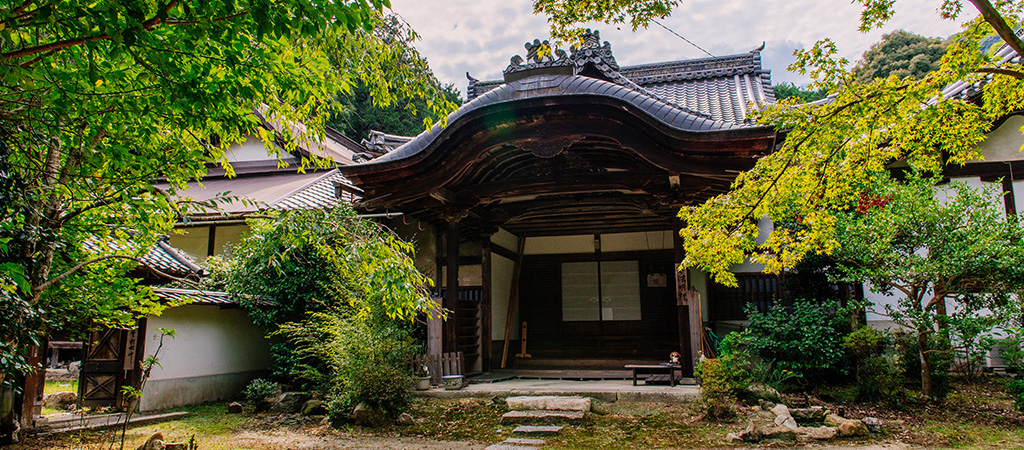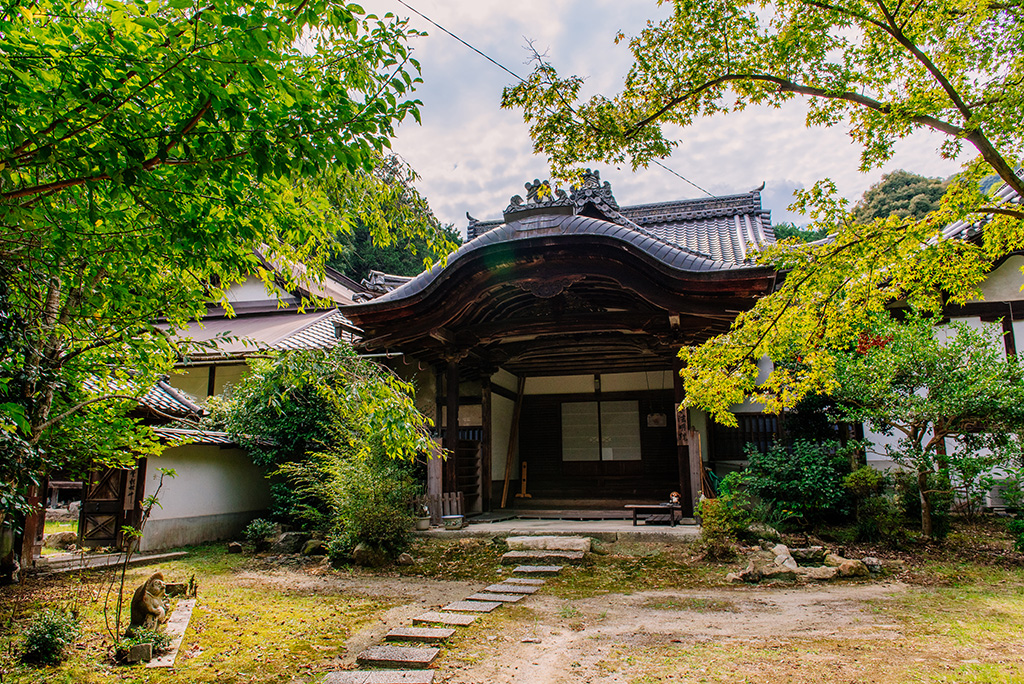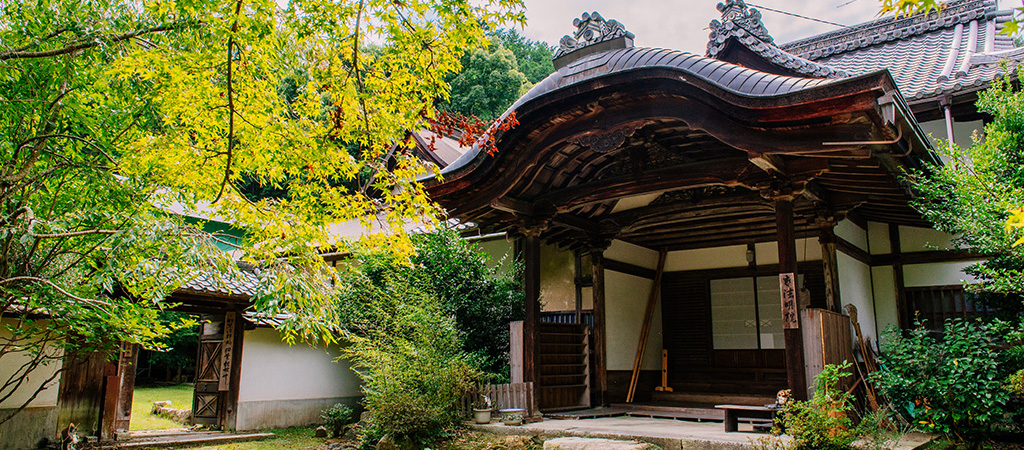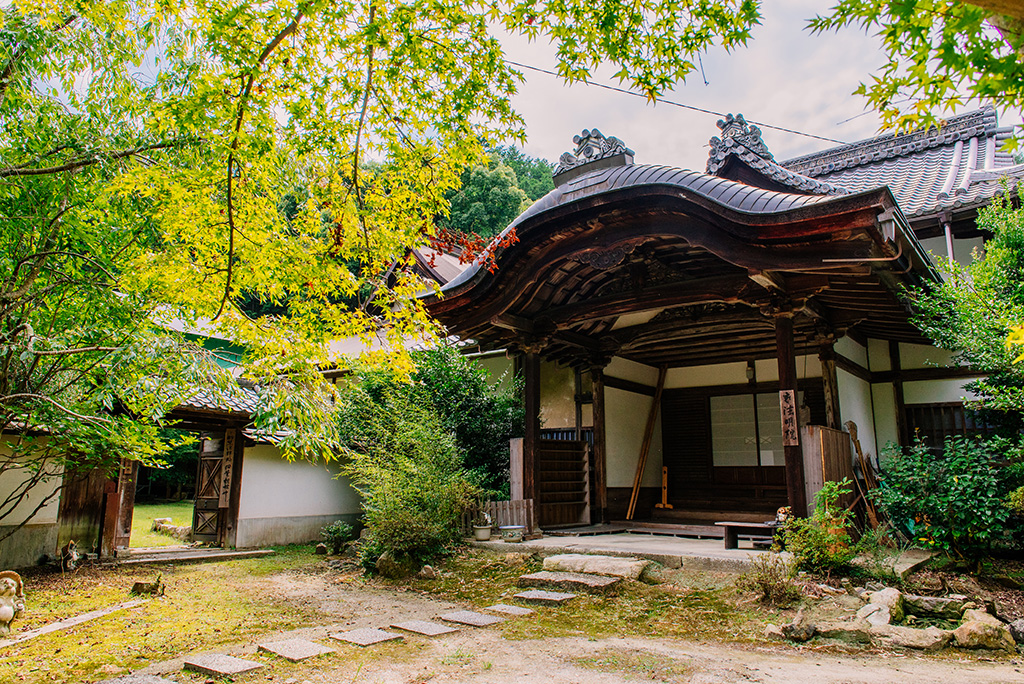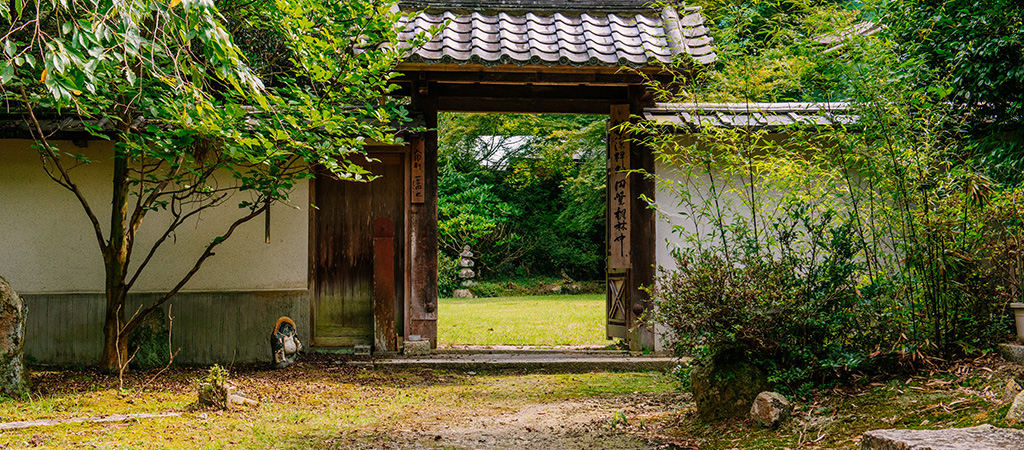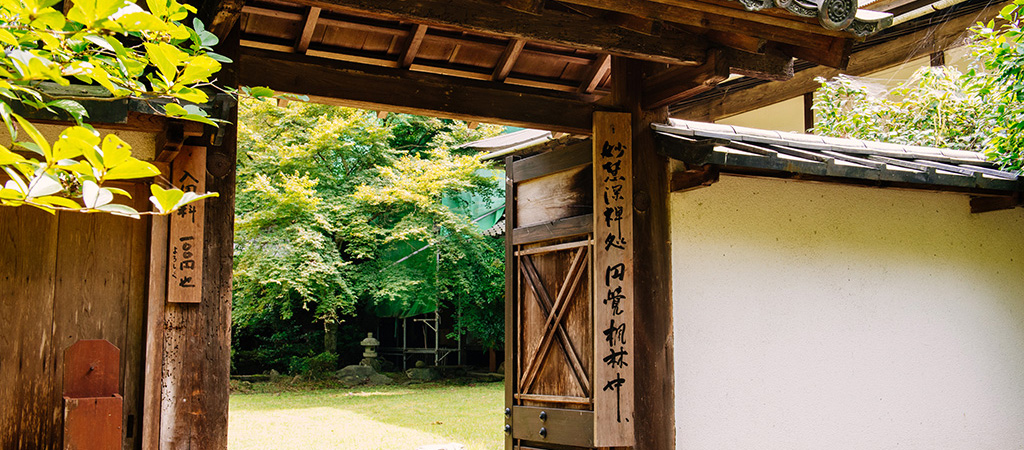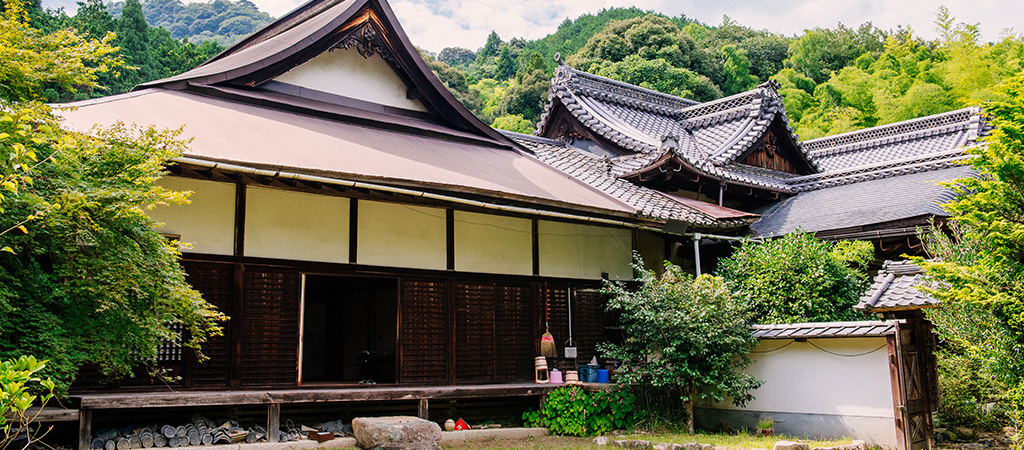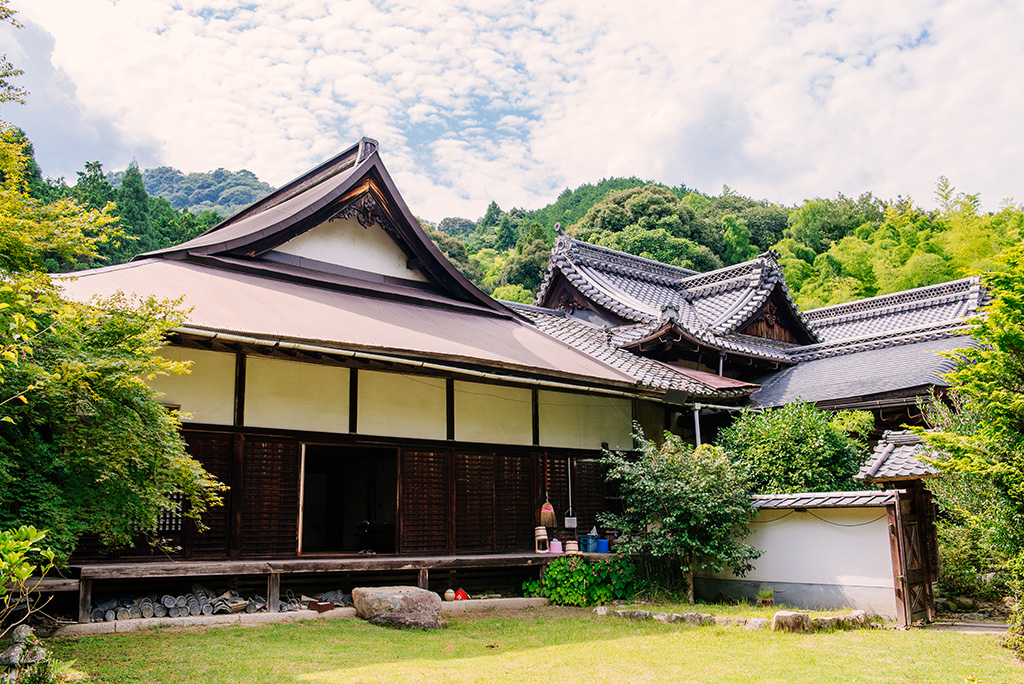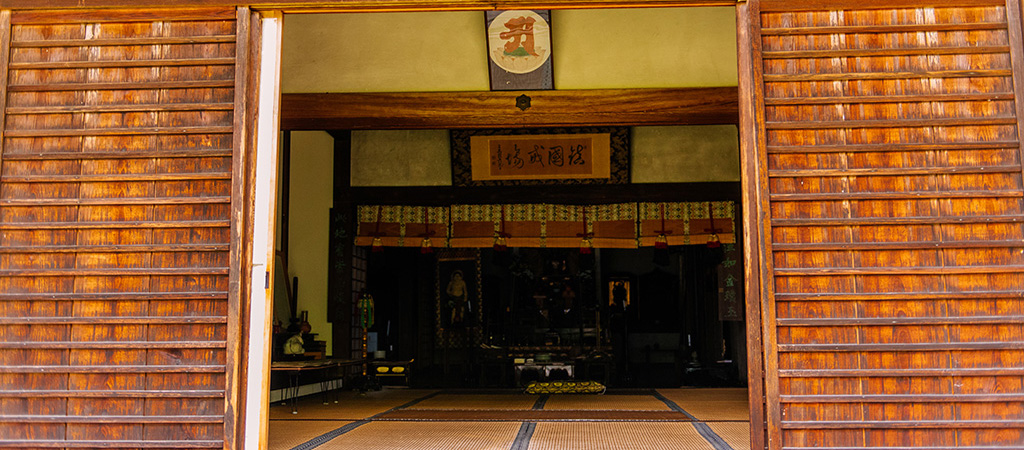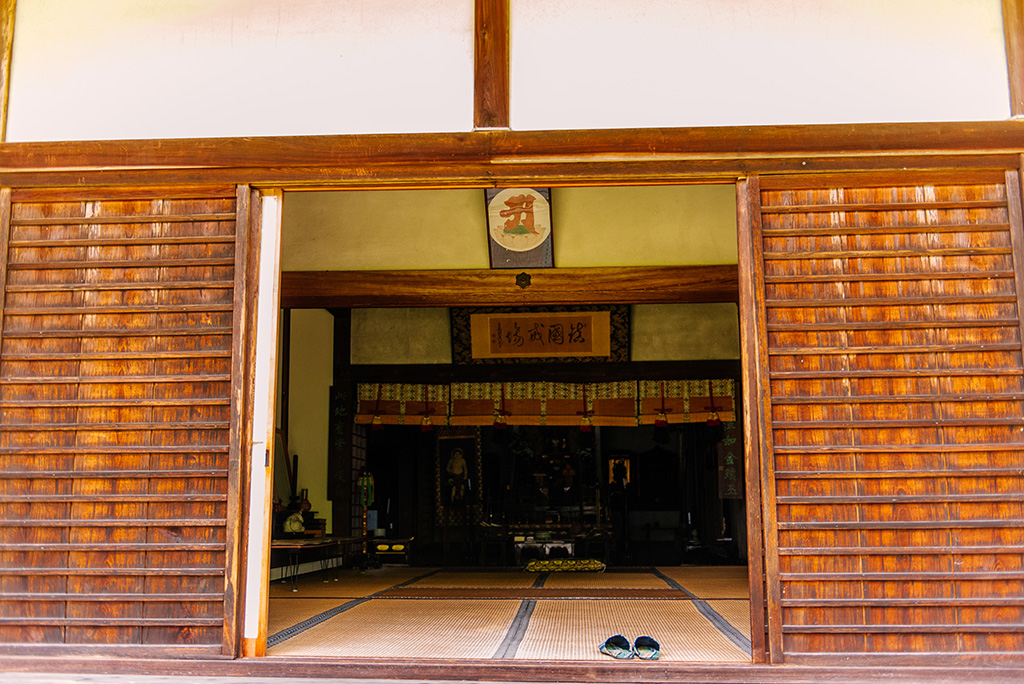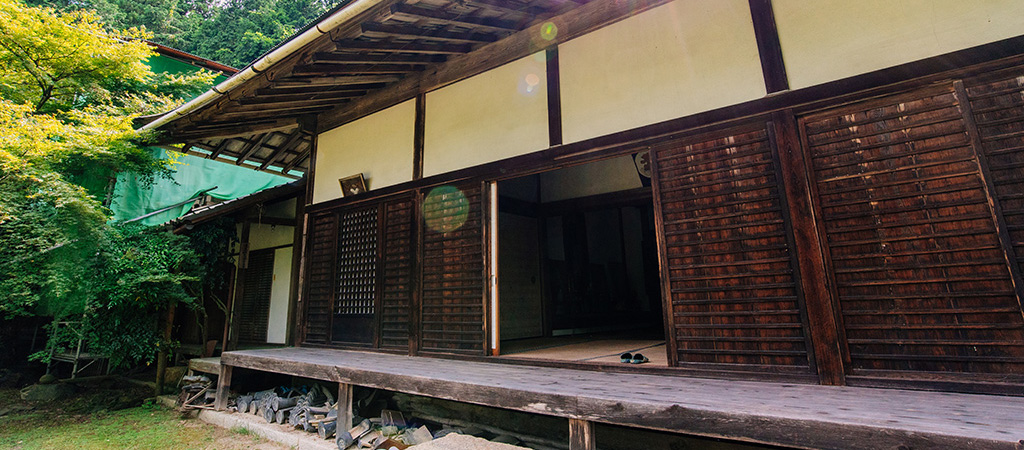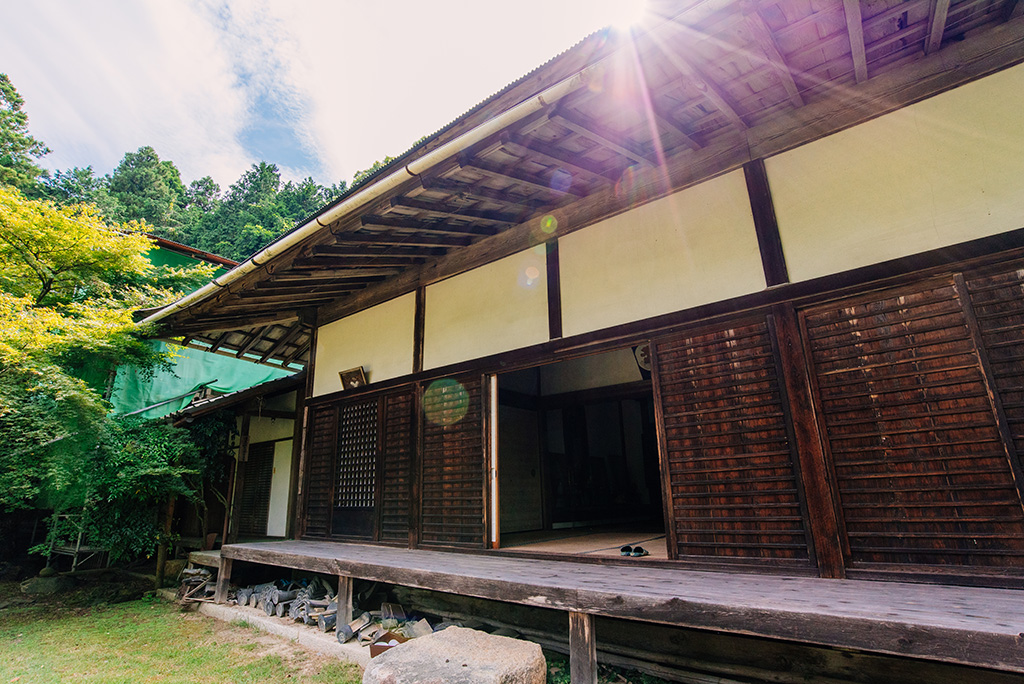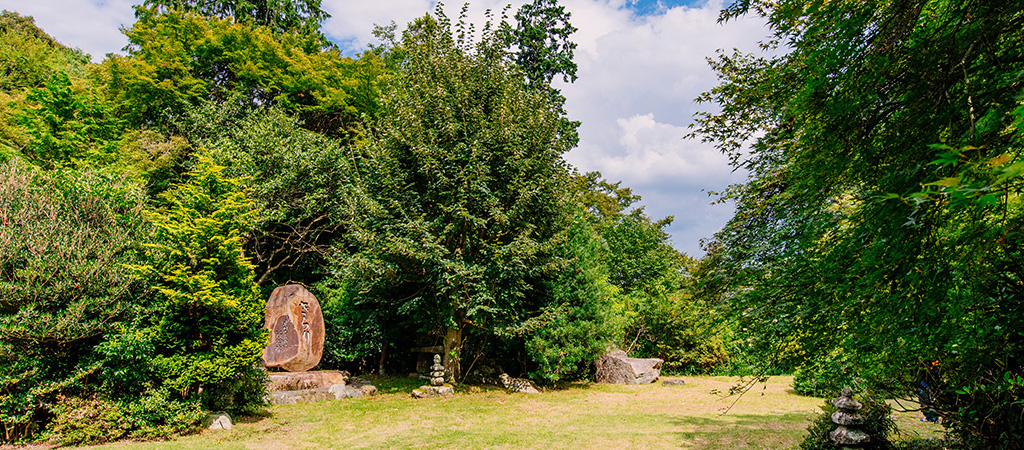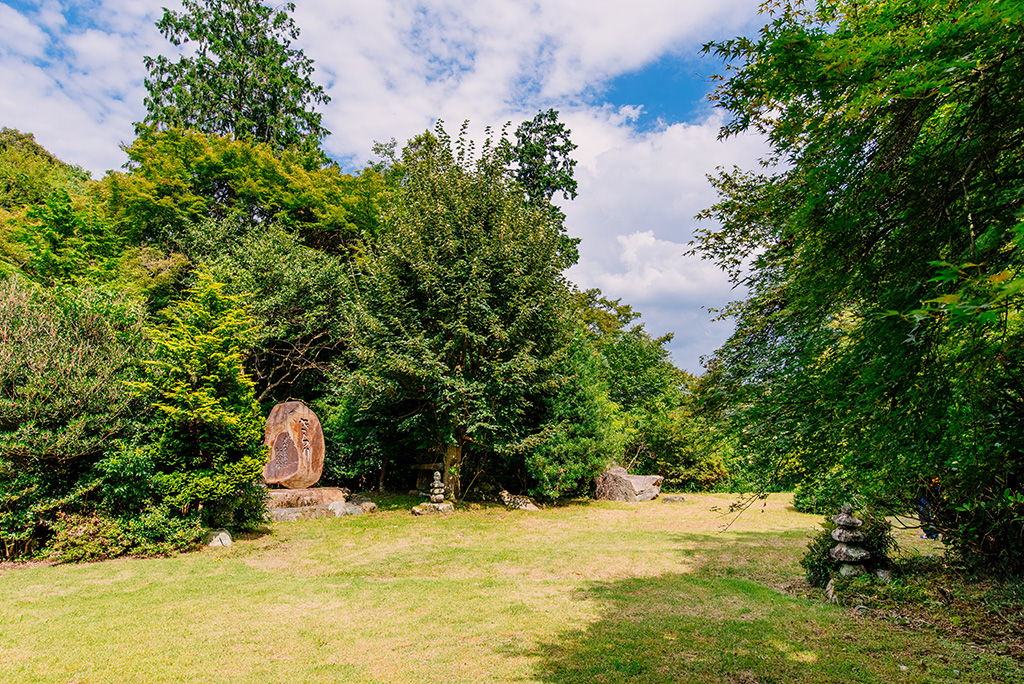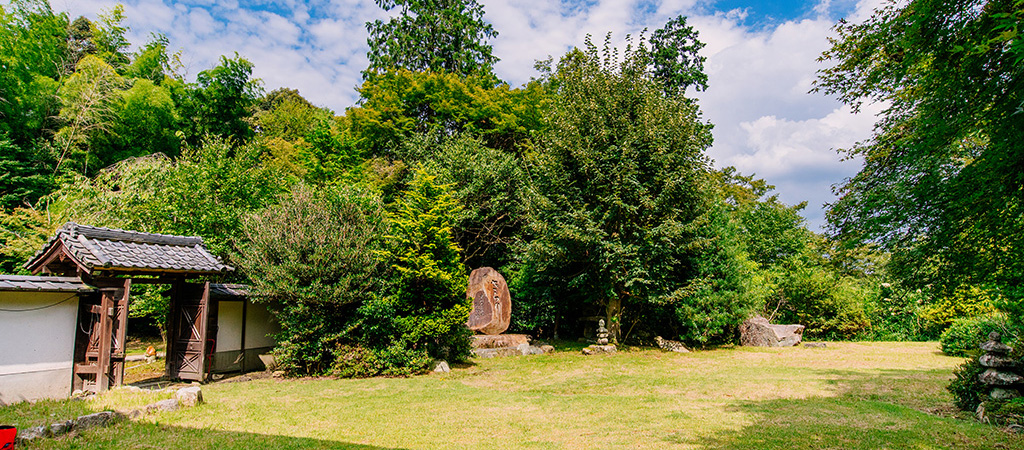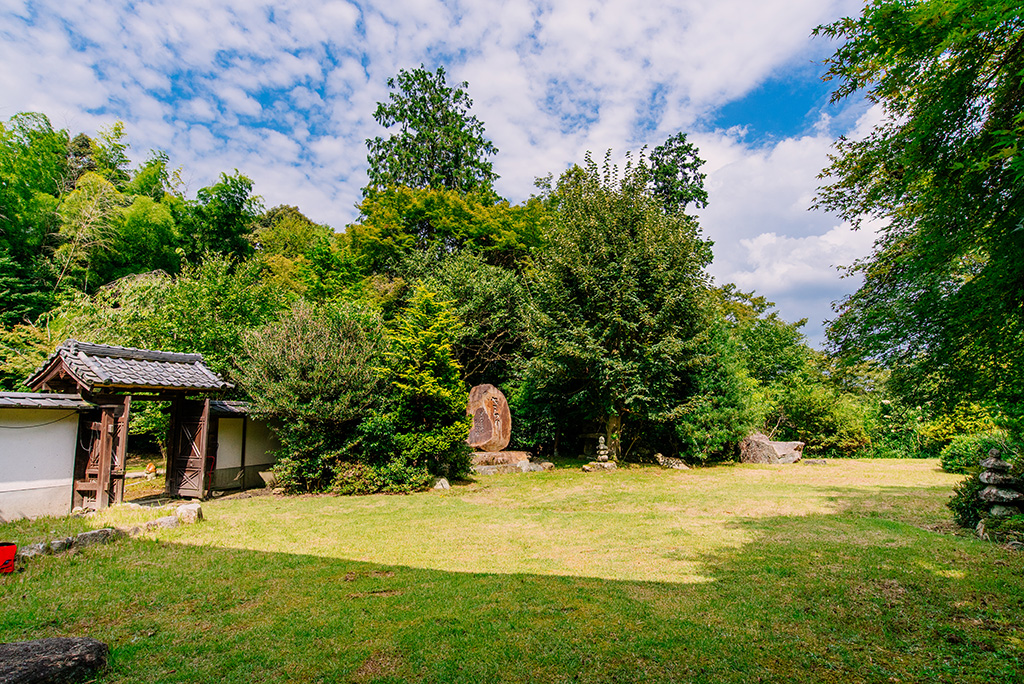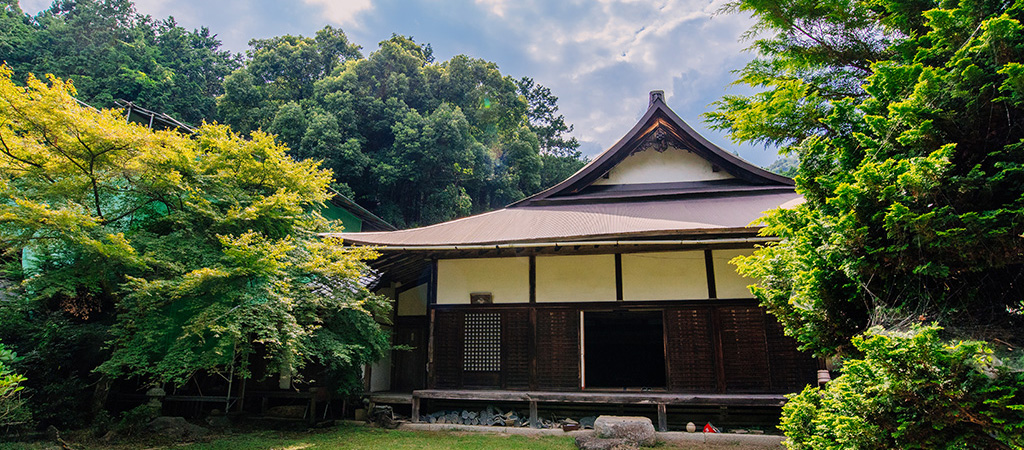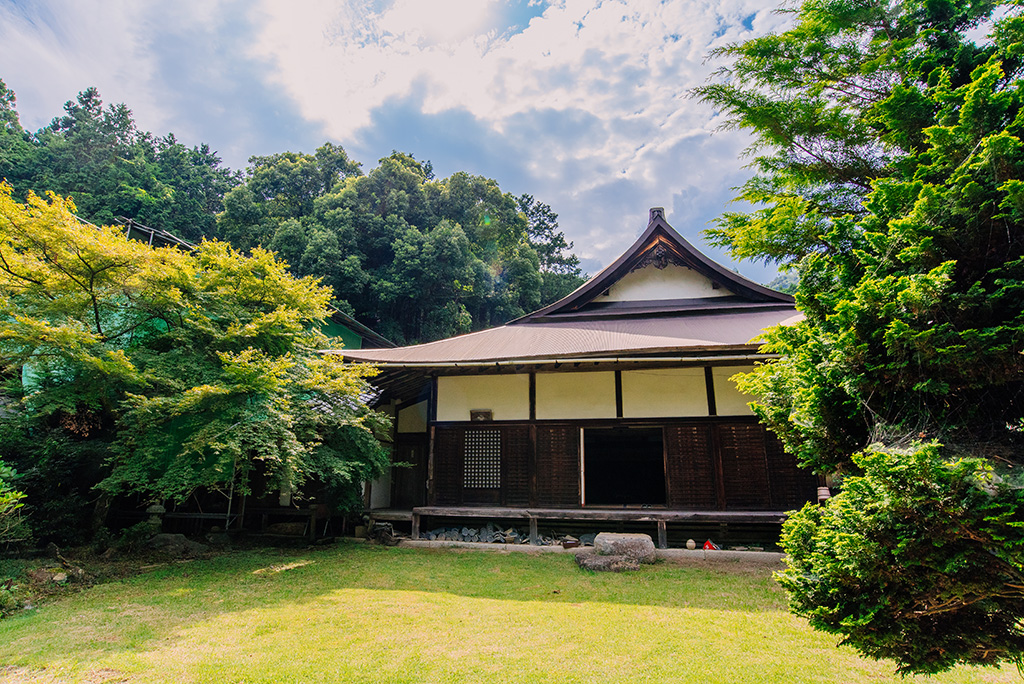Hōmyōin
Hōmyōin
It was built in the middle Edo period by Gizui Oshō as ritsu in of the Miidera. Since then it turned out many scholar priests. In Meiji Era, along with Machida Hisanari and Okakura Tenshin, the first director and founder of Ueno Museum (now Tokyo National Museum), Fenollosa and Bigelow, who contributed to the promotion of the Japanese arts and traditions, and the man who embraced this cultural mission Sakurai Keitoku promoted the doctrine among the national and foreigners literati. Above all, Fenollosa, who demonstrated a deep comprehension and love for Japanese Culture, in 18th year of Meiji Era following Keitoku entered the Buddhist priesthood, stayed at Hōmyōin and devoted himself to researching in Buddhism. After his death, as his wish, he was buried in Hōmyōin.BACK MAP
DETAIL

- The times:Edo Period (9th year of Kyōho Era, 1724)
- Place:246 Onjōji-chō,Ōtsu city






